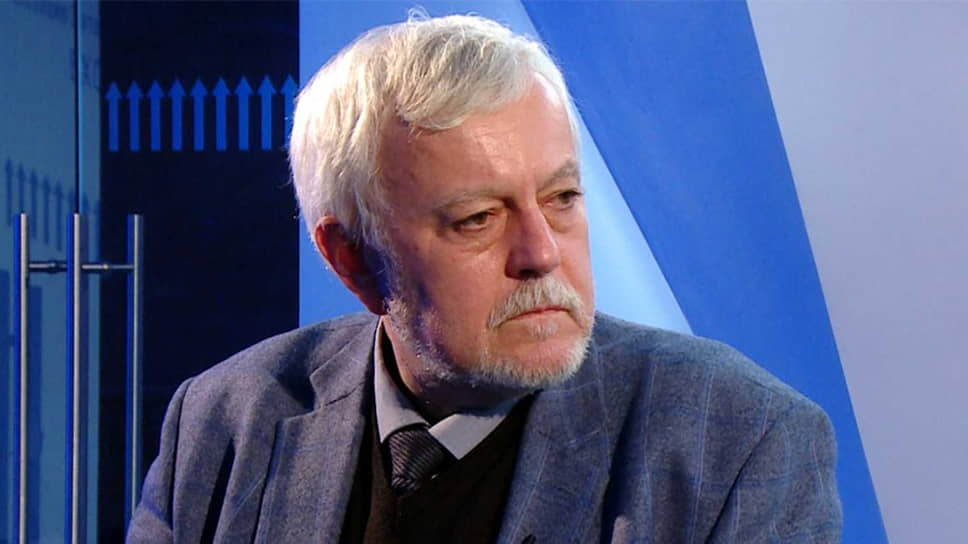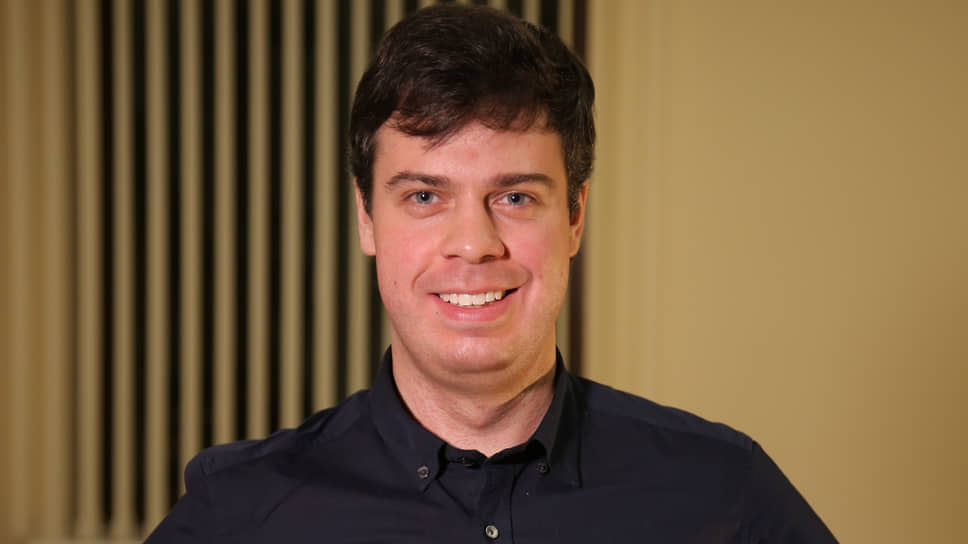why investors are in no hurry to launch new projects in the tourism industry
[ad_1]
The isolation of Russia from many areas of habitual recreation after the outbreak of hostilities forced the authorities to intensify projects to develop domestic tourism. Among the announced goals are the growth of the hotel stock by 400 thousand rooms and the creation of mega-resorts on five seas. Then, officials believe, the domestic tourist flow will double. But business does not share this optimism. Investors freeze and review even existing projects, not to mention the start of new ones. Bankers note the high risks of the tourism industry. As a result, experts believe, the targets for the number of rooms will have to be almost halved, and campsites will appear instead of some hotels.
The growth rate of hotels and other collective accommodation facilities in Russia over the past few years cannot be called impressive. According to Rosstat, in 2022 the number of such facilities increased by only 2%, to 29.6 thousand, and by 4.4% compared to the pre-pandemic 2019. In general, by the end of last year, the country had 1.06 million rooms – an increase of 3.1% year-on-year and 6.7% compared to 2019.
The Ministry of Economy, which oversees the tourism industry, expects to turn the tide, primarily due to the growth of domestic tourist flow, which was launched by the pandemic, and military operations in Ukraine have stepped up the trend. The ministry considers it achievable to introduce an additional 400,000 numbers by 2030. This would mean a 38% increase in the fund. But serious questions about the feasibility of the plans have already arisen.
points of attraction
The number of hotels in the Russian Federation last actively grew in 2016–2017 ahead of the 2018 FIFA World Cup. Now, according to the deputy director of the CORE.XP hospitality industry division Dmitry Parinos, the quality fund consists of 6.3 thousand hotels with 280 thousand rooms – this is no more than a third of all operating facilities. The expert emphasizes that the demand for hotels exceeds supply. A similar situation exists with boarding houses and sanatoriums. Their number, according to the medical director of the Association of Health Tourism and Corporate Health Mikhail Danilov, has hardly changed over the past five years.
The authorities see an increase in the quality of the room stock as the main tool for doubling the number of tourist trips by 2030, to 140 million a year. The Ministry of Economy is also counting on an increase in the average annual load of tourist facilities, which is now 40% in Russia as a whole. For this, the ministry believes, it is necessary to “create new points of attraction for tourists.”
The authorities expect to expand the infrastructure through new megaprojects. The main one is the creation, on behalf of the President, of year-round resorts on five seas: in the Kaliningrad region and St. Petersburg (Baltic), Crimea and Krasnodar Territory (Black Sea), Dagestan (Caspian), in the Zaporozhye region (Azov), Primorsky Territory (Sea of Japan) . Additionally, Baikal was added to the program.
There is no single source of funding for this project. The Ministry of Economy reported that in Primorye “at the expense of the investor” (officials did not name him, “Kommersant” could not find out the details) they would develop a master plan. It was decided to reinvest in Dagestan 10 billion rubles received by the state company Kavkaz.RF from the sale of the Arkhyz resort. Tourism.RF says it is developing plans for seven major year-round resorts. In the Crimea, Dagestan, Krasnodar and Primorsky Territories, “work goes together with business,” they added. However, business is very cautious about state megaprojects.
Rejection as a strategic move
The main experience in modern Russia in creating a new large tourist cluster was the preparation of Sochi for the 2014 Olympics. Such projects cannot be implemented without state participation and impressive private funds, the return of which is delayed for decades. “Now new projects were negatively affected by the situation in the economy during the pandemic, and then by the sanctions and shocks of last year,” said Yury Khalimovsky, director of the Department of Taxes and Law of the DRT. According to him, in addition, there was an acute shortage of specialists in the design and operation of resort and tourist facilities.
These factors forced investors to reconsider even the plans they had, not to mention the expansion or launch of new projects. So, according to Kommersant’s sources, Sergey Bachin’s Vasta Discovery refused to implement the Oriental Resort complex on Iturup Island, the parameters of another businessman’s project in Kamchatka, the Three Volcano Park, could change. The representative of Mr. Bachin did not answer Kommersant.
The head of the directorate of the sanatoriums of the Altai Belokurikha Sergey Krivoruchenko said that the project for the expansion of the sanatorium “Altai” worth 8 billion rubles. postponed. According to him, Sberbank, with which the agreement was signed, after a new round of the crisis in 2022, raised the initial loan rate of 4% per annum to 15%. To keep the rate at the same level, the sanatorium needs co-financing under the state program for the development of tourism.
In the Yaroslavl region, at least two major projects have stalled – the construction of a cable car across the Volga in Tutaev and the cultural and historical cluster “Rostov the Great”. Initially, they were planned to be implemented at the expense of the BRICS New Development Bank, but at the beginning of 2023, the authorities of the region announced the search for other sources of funding.
The Ministry of Tourism of the Khabarovsk Territory calls the stalling of large-scale projects in the industry a “systemic problem for the Far East” due to the insufficient level of state support for financing and the presence of bureaucratic barriers. Tourism adviser to the mayor of Irkutsk, Inga Korochkina, says that such projects are difficult to implement due to difficulties in connecting to engineering networks. Dmitry Bogdanov, Chairman of the Expert Council of the Association of Hoteliers AMOS, explains that difficulties are added in the Krasnodar Territory with “a lack of competencies and connections at the proper level.” In Crimea, local investors, in a conversation with Kommersant, linked the main problems with sanctions and military actions.
The head of the St. Petersburg Tourism Committee, Sergey Korneev, explains that the search for new investors in the city is now limited by supply exceeding demand: until 2020, up to 60% of the hotel market turnover was provided by foreign tourist flow. A specific problem of Kaliningrad is the limited number of direct flights from other regions.
According to the founder of Green Flow Alexander Tertychny, due to the departure of foreign manufacturers and sanctions, businesses still have to build new supply chains and look for local players, which leads to an increase in cost and implementation time. In Mantera Group, the main problem is the operation of tourist facilities, equipping resorts with the necessary equipment.
Maxim Brodovsky, CEO of Azimut Hotels, says that investors often do not understand the final budget of projects; in the case of large construction projects, there is a risk of a noticeable increase. Cosmos Hotel Group President Alexander Biba is also afraid of a shift in the vector of state support towards other areas and sequestration of the budget allocated for the development of the tourism industry. However, he suggests in such a situation “to consider the abandonment of some of the unrealized projects as a strategic step in favor of the purchase of existing facilities, which is most profitable.”
From five stars to camping
A number of programs to support hotel construction are being implemented in the Russian Federation, including preferential loans at 3–5% per annum for the creation of large facilities. According to the Ministry of Economy, they are used by 87 projects with a total loan portfolio of 294 billion rubles. But in reality, it is not easy for investors to negotiate with banks. Alexander Tertychny notes that bankers, who perceive the tourism industry as a risky business, require that project investors’ own funds account for at least 30% of the cost. This, he believes, could lead to a lack of liquidity in the second or third phase of construction.
VEB.RF senior banker Anton Perin explains that profitability in the tourism industry is “in principle far from, for example, the segment of extraction and production of natural resources.” Banks look at projects “extremely conservatively”, especially those that are planned to be implemented outside the established tourist clusters, he notes, then an increase in the investors’ own contribution and third-party guarantee are required.
Mikhail Danilov says that a sanatorium with 500 beds worth 3-10 billion rubles is considered cost-effective. But the real trend in the market is moving in the opposite direction: investors are activating the construction of non-capital facilities – camping and glamping. The number of such projects is growing three times faster than hotels (see Kommersant of April 15). The Ministry of Economy says that in the spring the declared need for subsidies for modular facilities was 4.5 times higher than the amount of budget funds provided (1.8 billion rubles). The format attracts investors with a relatively small investment horizon. According to Alexander Tertychny, glampings pay off in two to four years compared to ten years in the hotel segment.
Roman Yeremyan, deputy chairman of the Union of Tourism and Hospitality, however, doubts that glamping will help achieve the goals set by the authorities to increase the number of rooms. Kommersant’s source in the tourist market believes that in the end, plans will simply have to be cut by almost half. He calls the appearance of 240 thousand numbers a real indicator, in the creation of which, at the current dollar exchange rate, it will be necessary to invest 6 trillion rubles.
[ad_2]
Source link







